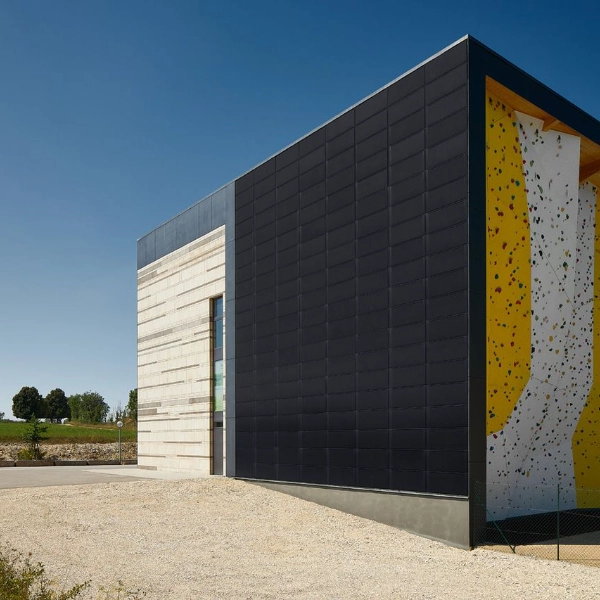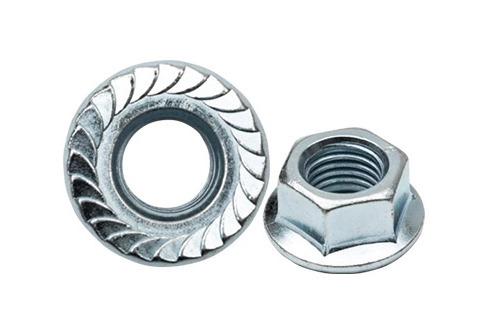1. Weld the flange to the pipe and cool it to ambient temperature before
installing the valve onto the flange. Otherwise the high temperatures generated
by the weld can affect the performance of the resilient seat.
2. The edge of the welded flange must be machined to a smooth surface to
avoid damage to the resilient seat during valve installation. The surface of the
flange must be completely free from damage and deformation, remove all dirt and
foreign matter, and avoid liquid leakage at the valve and flange interface.
3. Clean the flange and the inner cavity of the pipe to completely remove the
splashes, peeling scale and other foreign matter left by the welding.
4. When installing pipes between valves, precisely aligning the center of the
upper and lower water pipes is critical for trouble-free operation. The
inaccurate center point must be avoided.
5. When installing the valve, set the positioning bolts under the pipe to the
same height to support, and adjust the distance between the flanges until the
sides of the valve body are about 6-10 mm apart. Remember that the valve can
only be opened from the closed position to a 10° position.
6. Insert the two bolts into the lower guide rod of the valve and carefully
install them so that the flange surface does not damage the resilient seat.
7. Then place the other two bolts into the guide rod above the valve to
ensure accurate center position between the pipe and the valve.
8. Open the valve three times to check whether there is poor contact between
the valve plate and the flange or not.
9. Remove the positioning bolts and place all bolts around the body for
alternate diagonal tightening until the flange touches the valve body. Please
refer to the table below for the recommended torque values.
10. Provide a support for the valve when installing the actuator to avoid
distortion of the valve neck and reduce friction between the valve and the
pipe.
11. Do not step on the valve neck or valve handwheel.
12. Do not reverse the installation of valves of the DN350 or larger.
13. Do not install the butterfly valve directly on the check valve or pump,
as this may cause damage when contacting the valve plate.
14. Do not install the valve on the downstream side of the elbow and the
reducer, or calibrate the valve as the flow rate changes. In this case, it is
recommended to install the valve at a distance of approximately 10 times the
nominal diameter of the valve.
15. Installation of the valve requires consideration of which valve plate
will experience the effects of flow rate and pressure during liquid
transport.
www.zhonggongtemetal.com
Jiangsu Zhonggongte Metallurgical Technology Co., Ltd.


